Introduction
High uric acid levels can lead to health issues such as gout and kidney stones. One effective strategy for managing uric acid is through dietary adjustments, particularly by incorporating certain vegetables. This article explores ten vegetables known for their uric acid-lowering properties, providing a detailed understanding of their benefits and ways to include them in your diet.
Understanding Uric Acid
What is Uric Acid?
Uric acid is a waste product resulting from the breakdown of purines, which are found in various foods and human cells. Normally, uric acid dissolves in the blood and is excreted through the kidneys in urine.
Causes of High Uric Acid Levels
Several factors contribute to elevated uric acid levels. These include genetics, obesity, certain medications, and a diet rich in purines. When the body either produces too much uric acid or fails to eliminate it efficiently, it can accumulate and crystallize in the joints.
Symptoms of High Uric Acid
Common symptoms of high uric acid include severe joint pain, swelling, redness, and reduced mobility. Persistently high levels can also result in kidney stones and renal failure.
The Role of Diet in Managing Uric Acid
Importance of a Balanced Diet
A balanced diet is crucial for managing uric acid levels. It helps in reducing the intake of purines and supports overall health. Including vegetables, which are low in purines and high in essential nutrients, can be particularly beneficial.
Benefits of Vegetables in Uric Acid Management
Vegetables are rich in vitamins, minerals, and antioxidants. They help in reducing inflammation and promoting the elimination of uric acid. Their high fiber content also aids in digestive health and weight management, both of which are important for controlling uric acid levels.
Top 10 Vegetables to Reduce High Uric Acid
1. Celery
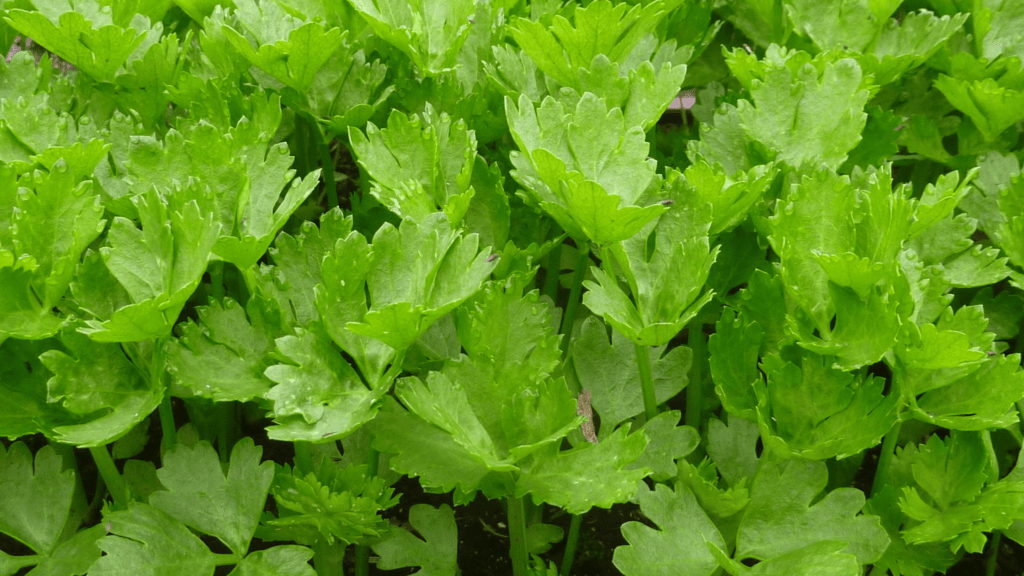
Nutritional Profile
Celery is low in calories and rich in vitamins A, C, and K, as well as potassium and folate.
How Celery Reduces Uric Acid
Celery acts as a natural diuretic, helping the body eliminate excess uric acid through urine. Its high water content aids in hydration, which is essential for kidney function.
2. Cucumber

Nutritional Profile
Cucumber is composed mostly of water and contains vitamins K and C, along with magnesium and potassium.
How Cucumber Reduces Uric Acid
Cucumber’s diuretic properties help flush out uric acid. Its alkaline nature also helps balance the body’s pH levels, reducing the risk of uric acid crystal formation.
3. Carrot

Nutritional Profile
Carrot is high in beta-carotene, fiber, vitamin K1, potassium, and antioxidants.
How Carrot Reduces Uric Acid
The fiber in carrots aids in the excretion of uric acid. Additionally, antioxidants in carrots help reduce inflammation, providing relief from gout symptoms.
4. Bell Pepper
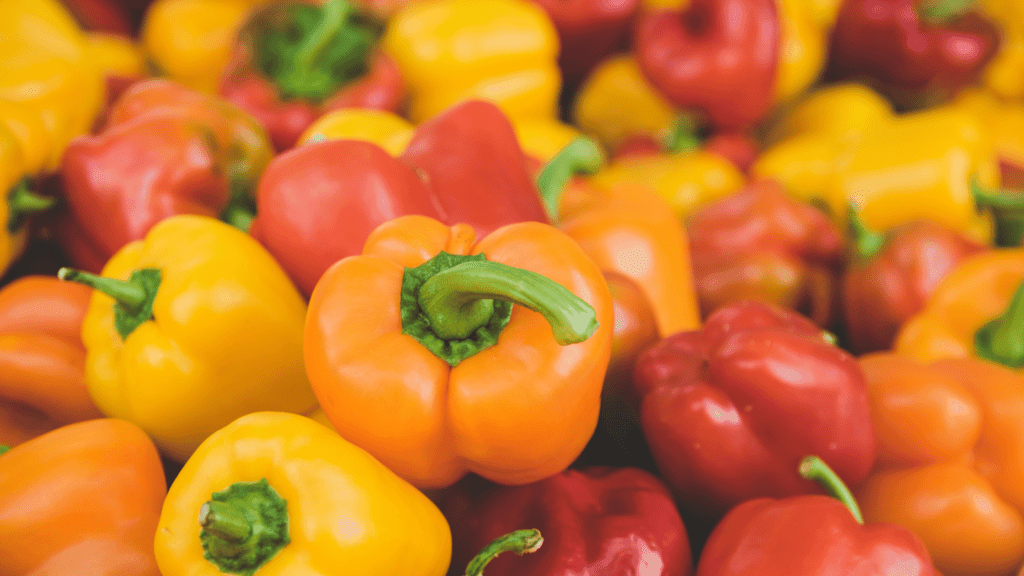
Nutritional Profile
Bell pepper is rich in vitamins A and C, potassium, folic acid, and fiber.
How Bell Pepper Reduces Uric Acid
Vitamin C in bell peppers can lower uric acid levels in the blood. Their anti-inflammatory properties also help alleviate pain and swelling associated with high uric acid.
5. Spinach
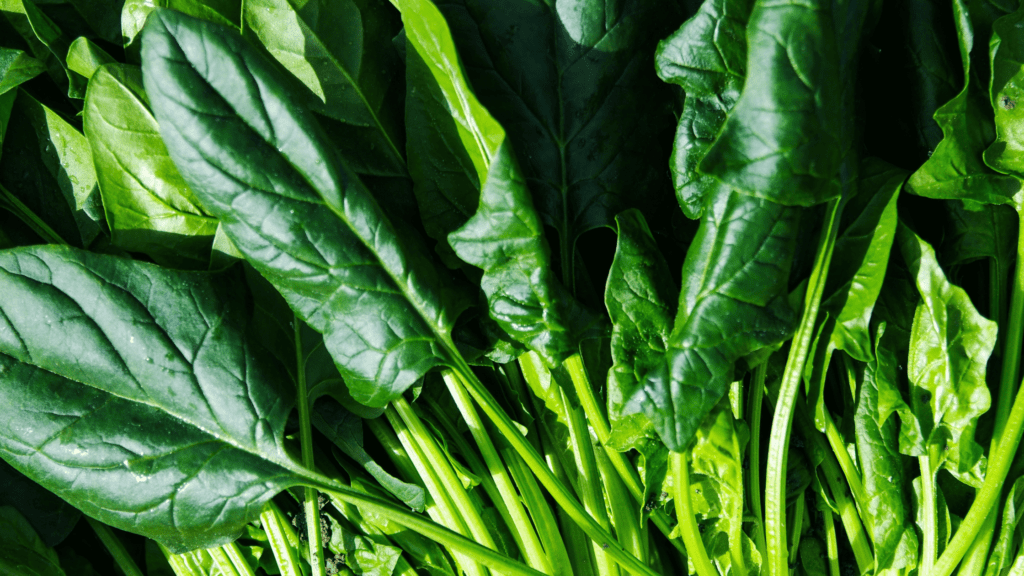
Nutritional Profile
Spinach is packed with iron, calcium, magnesium, and vitamins A, C, and K.
How Spinach Reduces Uric Acid
Spinach contains antioxidants that reduce oxidative stress and inflammation. Its high fiber content aids in the elimination of uric acid.
6. Zucchini
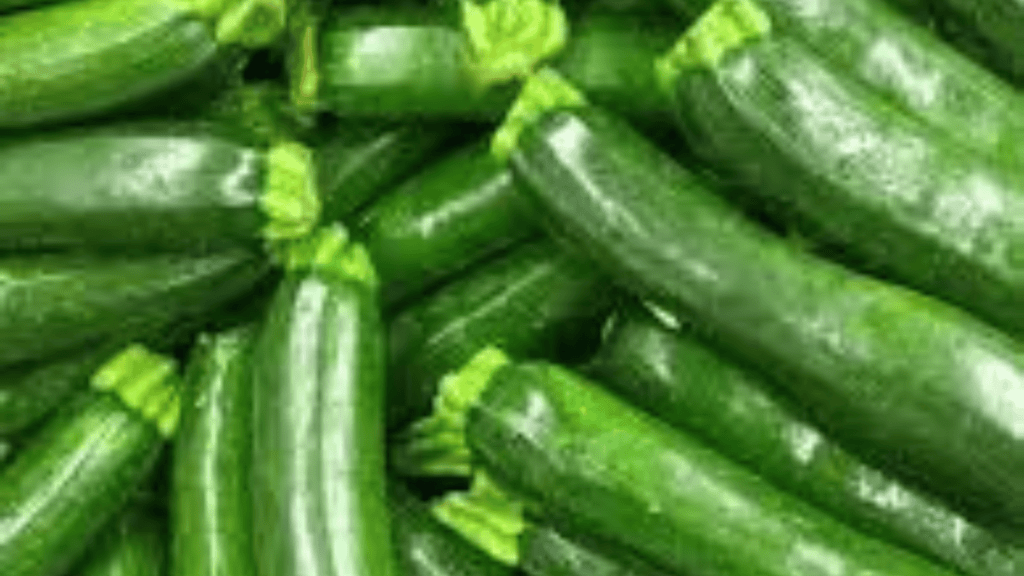
Nutritional Profile
Zucchini is low in calories and contains significant amounts of vitamins A and C, manganese, and dietary fiber.
How Zucchini Reduces Uric Acid
Zucchini’s high water content and diuretic properties help in flushing out uric acid from the body. It also provides anti-inflammatory benefits.
7. Kale

Nutritional Profile
Kale is nutrient-dense, containing vitamins A, C, and K, as well as calcium, potassium, and antioxidants.
How Kale Reduces Uric Acid
Kale’s high fiber content and antioxidant properties help reduce uric acid levels. Its anti-inflammatory effects can also ease gout symptoms.
8. Green Beans
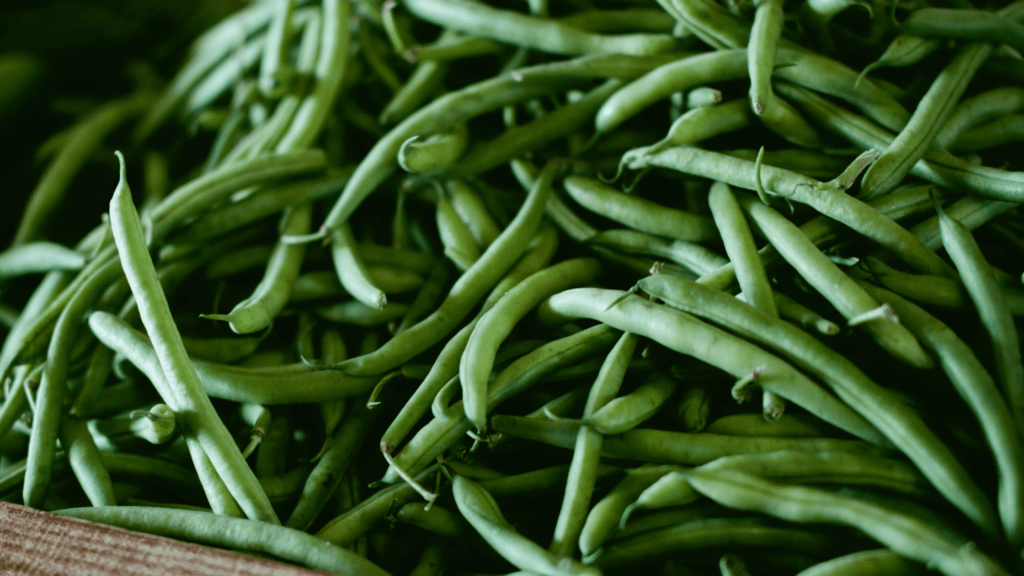
Nutritional Profile
Green beans are a good source of vitamins C and K, fiber, and folate.
How Green Beans Reduce Uric Acid
The fiber in green beans aids in the excretion of uric acid. They also contain antioxidants that reduce oxidative stress and inflammation.
9. Tomato
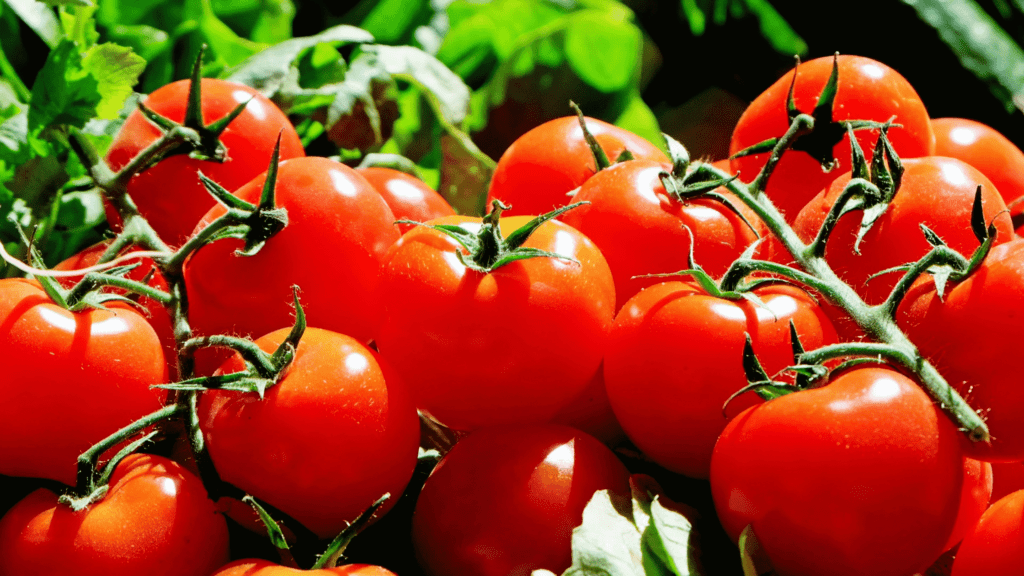
Nutritional Profile
Tomato is an excellent source of vitamins C and K, potassium, and folate.
How Tomato Reduces Uric Acid
Tomatoes’ high vitamin C content can help lower uric acid levels. Their anti-inflammatory properties provide additional relief from gout symptoms.
10. Cauliflower
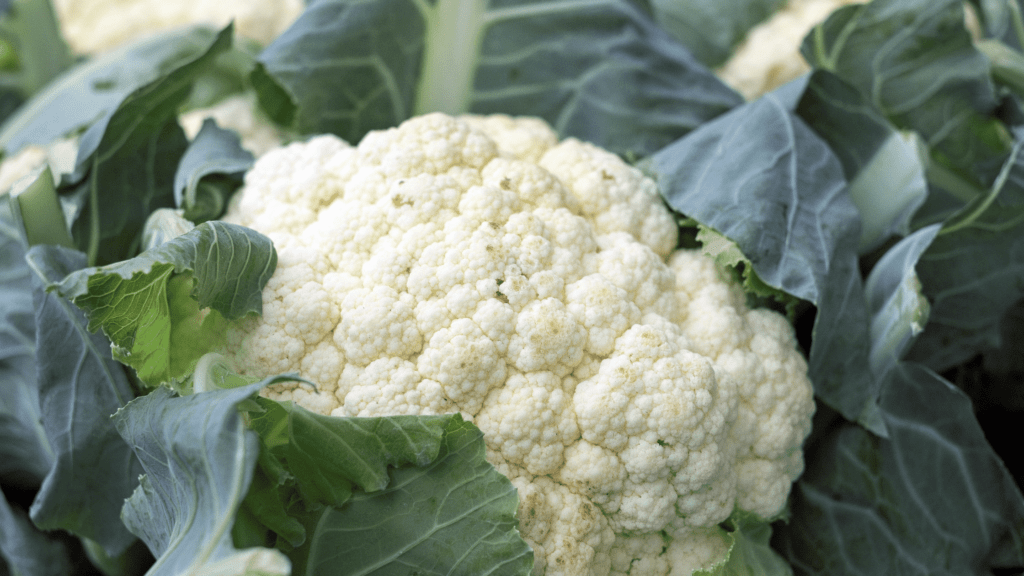
Nutritional Profile
Cauliflower is rich in vitamins C and K, folate, fiber, and antioxidants.
How Cauliflower Reduces Uric Acid
Cauliflower’s antioxidants help reduce oxidative stress and inflammation. Its fiber content assists in lowering uric acid levels.
Incorporating These Vegetables into Your Diet
Meal Planning Tips
Incorporate these vegetables into your meals with simple recipes like salads, soups, and stir-fries. Plan your meals to include a variety of these vegetables throughout the week to ensure a balanced intake of nutrients.
Easy Recipes and Preparation Ideas
Try recipes such as celery and cucumber salad, carrot sticks with hummus, sautéed bell peppers with spinach, zucchini noodles, kale and green bean stir-fry, tomato salsa, and roasted cauliflower. These dishes are easy to prepare and can be included in your daily diet.
Lifestyle Tips for Managing Uric Acid
Hydration
Staying hydrated is crucial for managing uric acid levels. Drink plenty of water throughout the day to help your kidneys eliminate uric acid efficiently.
Regular Exercise
Engage in regular physical activity to maintain a healthy weight and reduce the risk of high uric acid levels. Exercise also helps improve overall health and well-being.
Avoiding High-Purine Foods
Limit the intake of foods high in purines, such as red meat, organ meats, and certain seafood. Instead, focus on a diet rich in vegetables, fruits, whole grains, and low-fat dairy products.
Conclusion
Managing high uric acid levels requires a multifaceted approach, with diet playing a crucial role. Incorporating these ten vegetables into your diet can help reduce uric acid levels naturally and effectively. By making informed dietary choices and adopting a healthy lifestyle, you can alleviate symptoms and improve your overall health.
Follow Humstory for more content.













